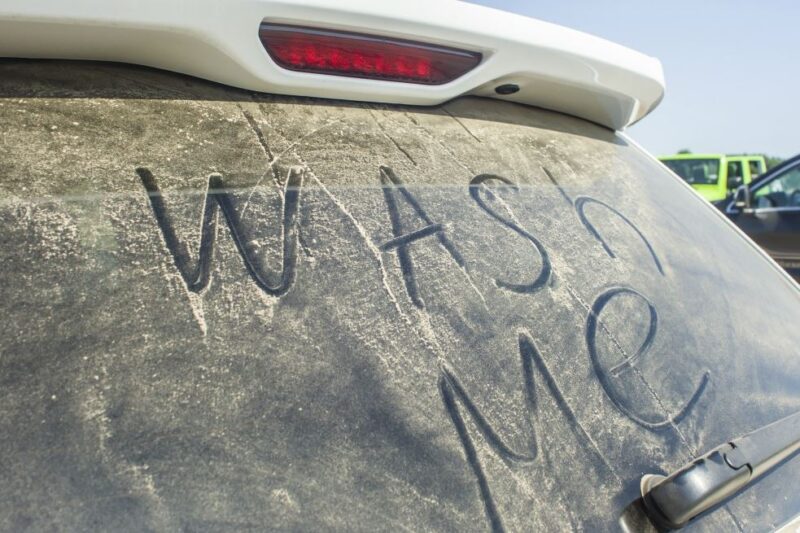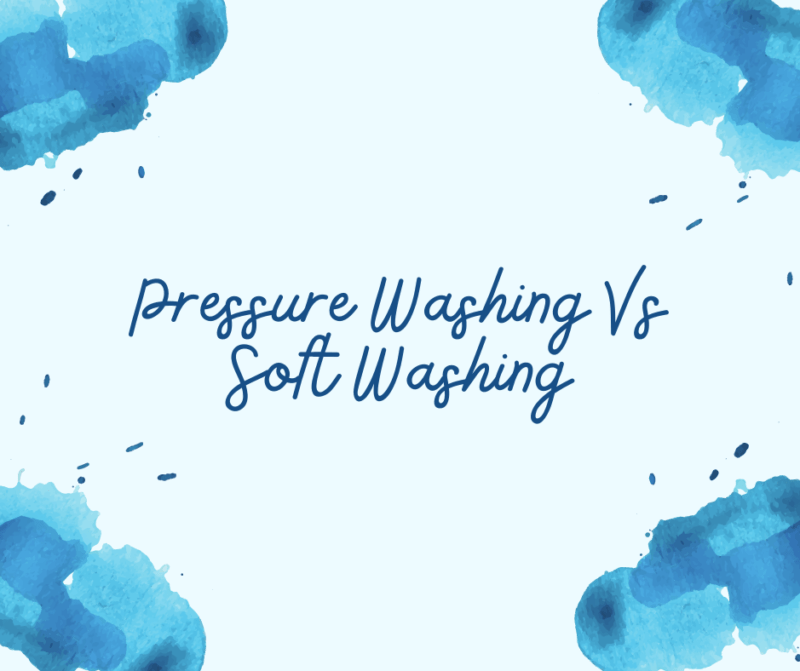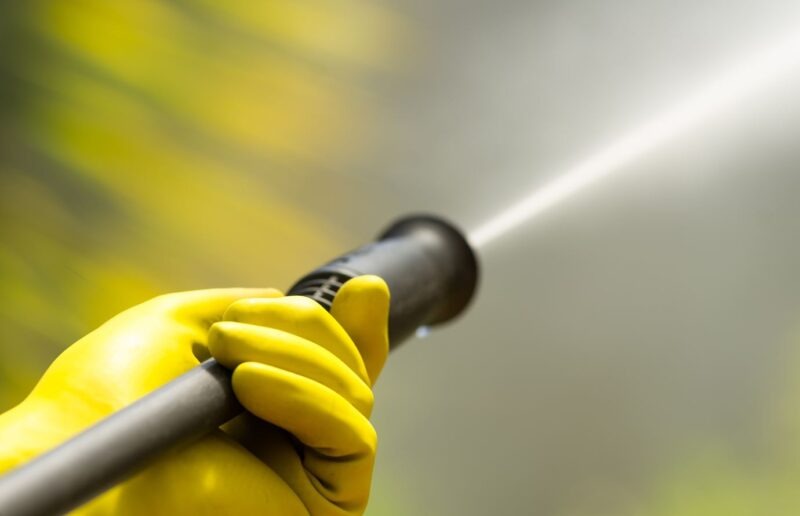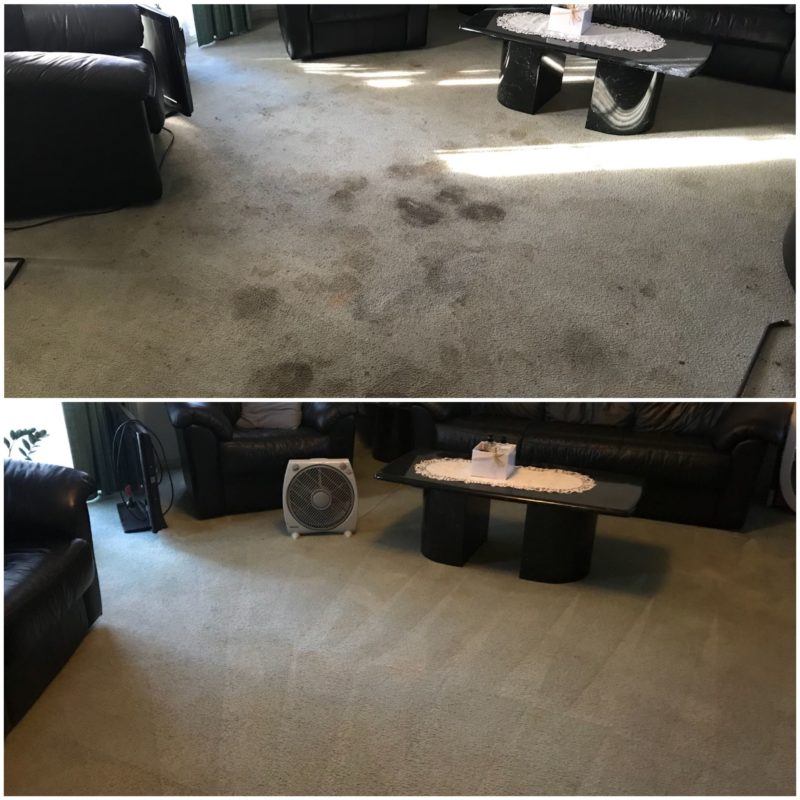Controlling Mould in Your Car
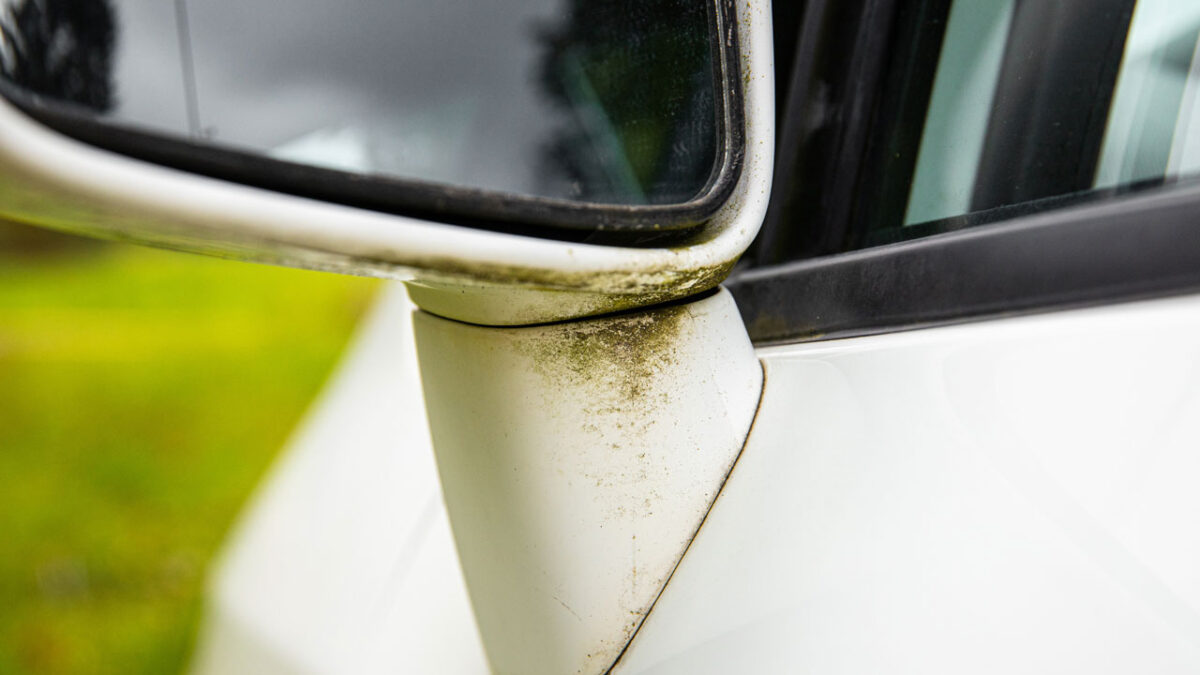
The dreaded onset of mould in your car can be an unwelcome surprise after a bout of wet weather. The consequences of neglecting this issue can go beyond just a musky smell — it can lead to health problems and costly repairs. But fear not, we’re here to help you understand the causes, spot mould in your car and guide you through DIY removal techniques. Plus, we’ve got some prevention tips up our sleeves to keep that nasty mould away from your car. Read on to learn more about mould in your car and how Jim’s Car Detailing can help you maintain a mould-free car interior.
What causes mould in cars?
Mould is a resilient fungus that thrives in moist and damp conditions. So, it’s no surprise that our cars, often tucked away in garages with limited ventilation, can become a prime breeding ground. To effectively combat mould, it’s essential to pinpoint and eliminate its root causes.
Common causes of mould growth in cars include the following scenarios:
- Parking the car in a damp garage or area with poor ventilation.
- Leaving damp or wet clothing on the seats or floor.
- Damage caused by floods or water exposure can create a favourable environment for mould growth.
- Accidental spills on the floor, such as water, juice or coffee.
- Opening windows during rainy weather, allowing moisture to enter.
- High humidity levels inside the car, especially in humid climates.
Spotting mould in your car
Mould doesn’t announce its presence with a neon sign, but it does leave behind a trail of subtle clues. One unmistakable sign is the musty odour that wafts through your car as you open the door. Other indicators include visible mould growth on surfaces, usually in hidden nooks and crannies, and the onset of allergy symptoms like sneezing or coughing when you step inside.
Signs of mould growth in your car can include:
- Musty smell — A noticeable, unpleasant and damp smell in your car.
- Discolouration — Stains or discolouration on upholstery, fabric or other materials that can be indicative of mould.
- Allergic reactions — Unexplained allergic reactions, such as sneezing, coughing or skin irritation, when inside the car.
- Water leaks — Evidence of water leaks or moisture intrusion, such as wet carpets or soaked floor mats, may lead to the growth of mould.
- Deteriorating materials — Damaged or deteriorating materials, like peeling upholstery or disintegrating foam, can be a sign of mould growth.
- Health symptoms — Occupants experiencing respiratory issues, headaches or other health problems that improve when outside the car.
- Visible mould — Spots or patches of mould growth on the car’s interior surfaces, such as seats, carpeting or dashboard.
If you suspect mould growth in your car, it’s essential to address it promptly, as mould can be harmful to your health and may damage your vehicle’s interior over time.
How to get rid of mould in your car
If you’ve discovered mould in your car, you may want to try some DIY methods to get rid of mould in your car. Addressing minor causes of mould in cars is manageable with the right approach. Here’s a step-by-step guide to safely and effectively remove mould from your car’s interior:
Step 1: Gather your supplies
First, ensure that you have the right supplies to clean mould in your car. This can include:
- Gloves and a mask to protect yourself from mould spores.
- Trash bags for disposing of contaminated materials.
- A vacuum cleaner with a HEPA filter to suck up loose spores.
- Natural cleaning agents like vinegar, colour-safe bleach or baking soda.
- Soft-bristle brushes, microfiber cloths and sponges for cleaning.
- A bucket of clean water.
Step 2: Ventilation
Begin by opening all the doors and windows of your car to ensure proper ventilation. This helps reduce exposure to mould spores.
Step 3: Remove contaminated items
Take out any items that have visible mould, such as seat cushions, floor mats and removable upholstery. Bag these items in plastic trash bags and dispose of them properly.
Step 4: Vacuum
Use a vacuum cleaner with a HEPA filter to carefully vacuum all interior surfaces, including carpets, upholstery and the dashboard. This will remove loose mould spores and make it easier to clean off the mould in your car.
Step 5: Pre-clean
Mix a natural cleaning solution by combining equal parts white vinegar and water in a spray bottle. Spray this solution on affected areas, letting it sit for 10–15 minutes to loosen the mould further. Alternatively, you can also create a mixture of water and colour-safe bleach, but before using it on your upholstery, try it on a hidden spot to make sure it won’t leave stains.
Step 6: Scrub and wipe
Gently scrub the affected areas with a soft-bristle brush, microfiber cloth or sponge. Ensure you reach into crevices and seams. Wipe down all surfaces with clean water to rinse away cleaning solution residues.
Step 7: Sunlight and fresh air
Leave your car in direct sunlight with doors and windows open to air it out and help eliminate the mould in your car.
Step 8: Prevention
Identify and fix the source of moisture that led to mould growth in the first place, such as leaks, spills or excessive humidity. Consider using moisture-absorbing products like desiccant bags or a dehumidifier in your car to maintain low humidity levels.
Regularly clean and maintain your car’s interior to prevent future mould growth.
Step 9: Recheck and replace
Reinspect your car’s interior after a few days to ensure mould hasn’t returned.
If it has, repeat the cleaning process and consider consulting a professional if the problem persists.
How to prevent mould in your car
They say an ounce of prevention is worth a pound of cure, and this holds true for mould in your car.
If you’re wondering how to stop mould growing in your car, follow these tips:
- Minimise moisture — Excess moisture is a common cause of mould growth. Protect your car from damp weather by parking it in a garage and using a waterproof cover.
- Roll up all the windows — Ensure your car windows are fully closed to prevent dust, debris and mould spores from entering through tiny openings.
- Avoid eating in the car — Although it may be challenging, try not to eat inside the car. Food crumbs and spills provide an ideal environment for mould to thrive. If you do eat in the car, clean up any spills promptly.
- Clean and disinfect your car’s interiors — Regularly clean and disinfect the inside of your car. Use a quality antimicrobial product to eliminate any remaining mould spores. Pay attention to high-touch areas like door handles, lock buttons, steering wheel and HVAC systems.
If you find these tasks too challenging or time-consuming, consider hiring a professional car detailing service. They can thoroughly clean and disinfect your car and address any signs of mould growth before it becomes a severe infestation.
Get rid of mould in your car with Jim’s Car Detailing today
How do you get rid of mould in a car if it keeps coming back? When it comes to battling stubborn mould in your car, there may come a time when your best efforts just aren’t enough. Don’t worry, it happens to the best of us. That’s when it’s a good idea to call in the professionals for a helping hand.
At Jim’s Car Detailing, we’re experts in mould removal, mini detailing and full detailing. We are a proud NDIS service provider, offering cleaning services with tailored support plans to individuals with disabilities. With our hassle-free cleaning services, we ensure that your car remains mould-free, clean and healthy. Don’t wait until the problem escalates — reach out to us to schedule our mobile car detailing services. Book our car detailing services or get a full car detail today!
